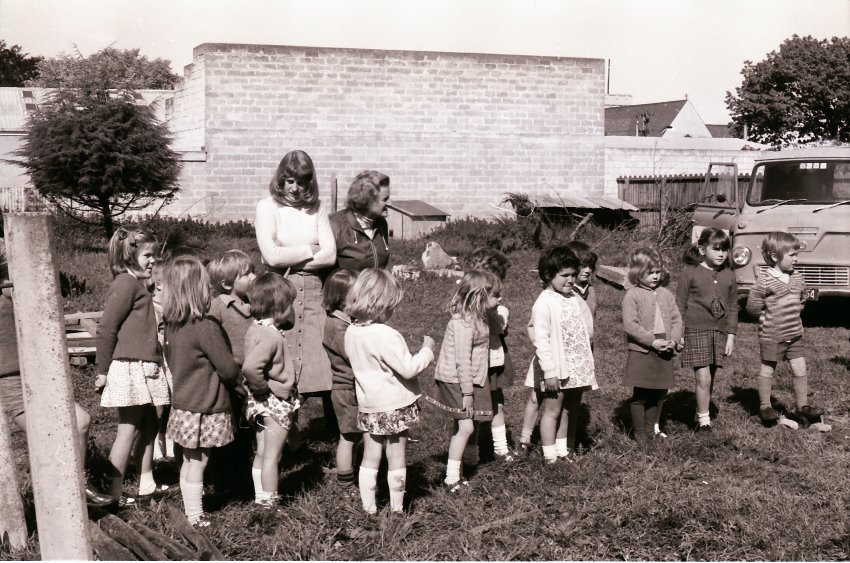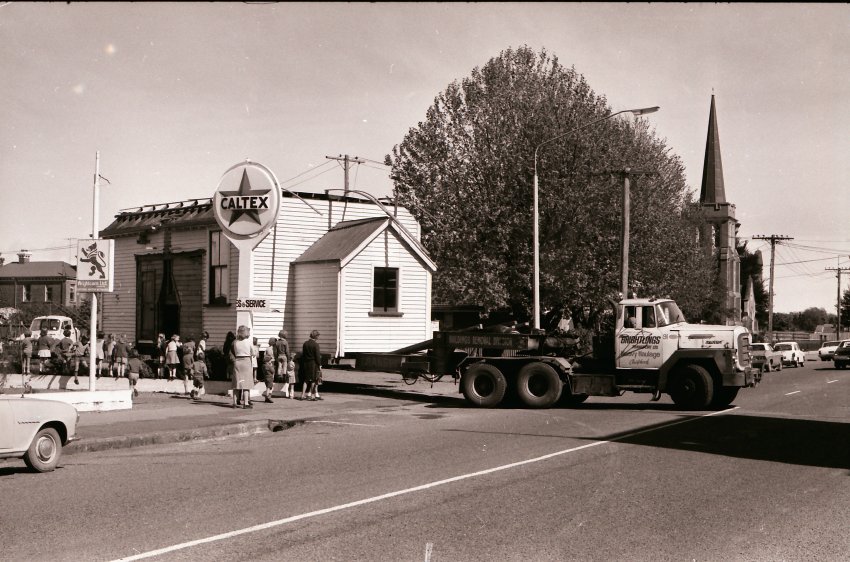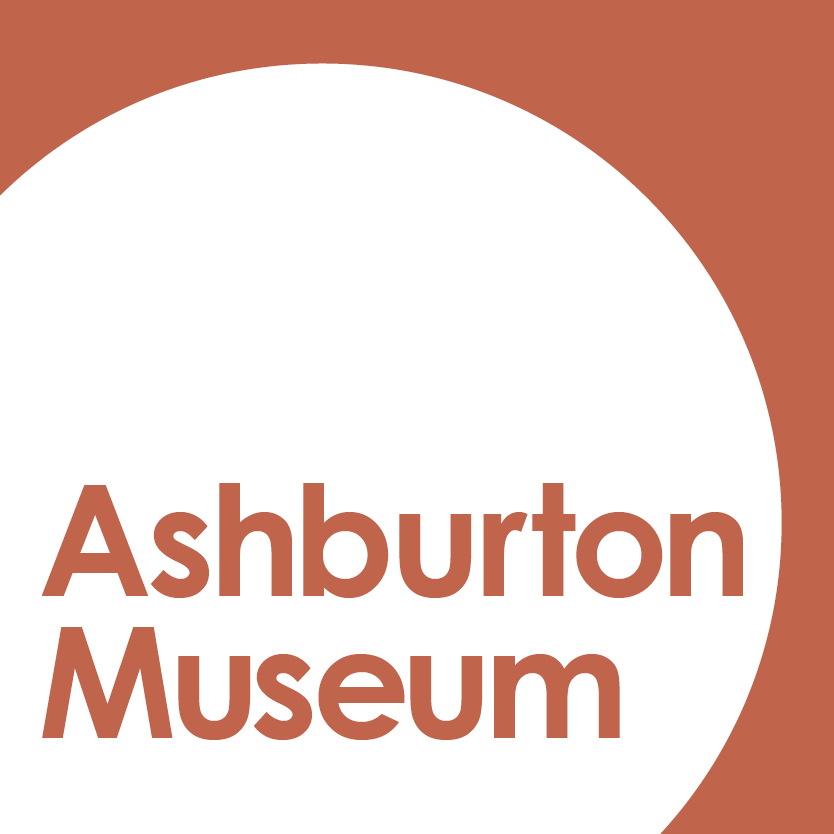Ashburton on the Move: 150 Years of Relocating Buildings in Ashburton District by Michael Hanrahan, published by the Ashburton Museum & Historical Society Incorporated, is a bumper volume of knowledge that is the culmination of many years of research into relocated buildings in the Hakatere Ashburton District.
This book can be considered the authority regarding the stories of dozens of buildings around our district, many of which having moved to a new site once or several times during their lifespan. One example of the many buildings represented in Michael Hanrahan’s book is the former Ngaroma School, a building which started its life as a private school in Ashburton and is now situated in Winchmore.
Coringa: Miss McKee’s Private School
In the late 19th century, a small, unpretentious wooden schoolhouse was built on Havelock Street, at the current site of the Ruralco carpark entrance next to White Fox & Jones. This was originally known as Miss McKee’s Private School, also known as Coringa, the name of a school her mother conducted in Christchurch. Her mother was the wife of Rev. David McKee, of Knox Church.
According to various Ashburton Guardian advertisements from the early 1900s, Miss Elizabeth McKee was at one point involved with Hampstead School, before commencing private girls’ classes and eventually opening her private school. At a Hampstead School committee meeting held on 28 January 1903, she was appointed the school’s mistress. Three years later, she struck out on her own; advertisements appear in the Guardian for a “Girls’ School”, held at the Masonic Hall by “E. McKee”.
In 1906, Miss McKee advertised that she was available to interview prospective parents, with the school no longer advertised as being held in the Masonic Hall, meaning that she was now occupying the small wooden building which would later become Ngaroma School. The school catered for about 40 pupils of varying ages.

Middle row: Jeanette Vezey, Bob Ryeburn, Jennifer Connor, Heather McCrostie, June Kemp, Guyon Wells.
Front row: Barbara Williams, Pam Smith, David Calder, Pam Miller, Graham Willoughby, Pam Parsons.
(Photo reference 05.2013.1019.)
Various uses through the years
By 1919, Miss McKee’s school was closed. The neighbouring Presbyterian church bought the building, furniture, and section for £525 to use as a Sunday school until a new building could be constructed on the site. However, when it came time for the new one to be built in 1924, the brick Sunday school was built on the opposite side of Havelock Street, thus saving the original wooden building.
The little schoolhouse survived and was used for various purposes until Mrs. Violet Armstrong came along and opened Ngaroma School in 1932. It was initially a kindergarten and classes were added as the children progressed. There were between 30 and 40 pupils, mainly girls as boys only attended to Standard 2 (Year 4). Although Mrs. Armstrong was the main teacher, her daughter Ida helped for a time, and the Primers were taught by Mrs. Margaret Innes.

The school closed at the end of 1941, and during its short run about four children had progressed from Primers to Standard 6 (Year 8). After Ngaroma School wrapped-up, the school building then reverted to church use and was also used as an examination hall. In 1976, an exchange of land was agreed between the Presbyterian church and Dalgety’s, the neighbouring firm, and on 10 November the little wooden school building was moved to its present site in Winchmore.

Ngaroma memories
We are fortunate to have some accounts by past pupils of what it was like to attend Ngaroma School. One such series of recollections is from Diana Robinson (née Sinclair), who attended Ngaroma until Standard 5 (Year 7), at which point she went to Ashburton Borough School. Here are some of her memories, recorded in the Ashburton Museum’s research files:
“We started school using little slates and chalk, then graduated to pencils and paper, before going on to pens and ink. The older children had the ‘privilege’ of filling the ink wells which were set into the little wooden desks, so they felt they were very smart… It was a big occasion when the school inspectors visited and we were warned to be on our best behaviour. Mrs. Armstrong was quite a disciplinarian and good manners were of great importance, so we were all very polite in class, although not always so polite at home.”
“During the winter terms we were given a nice hot mug of cocoa for morning tea and we all lined up with our little well-named mugs. Also in winter there would be neat rows of little galoshes lined up in the porch… In Standard 4 (Year 6) we all made cooking aprons and caps ready for cooking lessons at the Ashburton Technical School in Standard 5 (Year 7). All these were neatly embroidered with our names on, and the school monogram ‘N.S.’”
“A big occasion was the school picnic, sometimes held in the Tinwald Domain or if we were really lucky on Caroline Bay, which meant an exciting train trip to Timaru. The only other trip that I remember was to the Canterbury Museum in Christchurch – so different to the many varied school trips that the children enjoy today.”
By Connor Lysaght
Unless otherwise stated, photographs and research materials on this page are owned by the Ashburton Museum & Historical Society Inc. This post was modified for this blog and was originally published in the Ashburton Guardian, 27 May 2023.

Leave a comment